Diversifying without losing your cultural DNA
There is a constant pull and push in many cultural institutions between curating a space that is thought provoking, innovative and unique while also managing the need to be sustainable or, in some cases, generate an income just to keep the doors open.
This push and pull has been particularly evident with the regional galleries and museums I have worked with. Often funded by small councils with competing funding priorities or stretched resourcing, these regional cultural institutions often need to look outside the box for revenue generating ideas and cultural tourism can play a role in helping to fill this void.
According to Cultural Attractions of Australia, cultural tourism is one of Australia’s fastest growing tourism segments with the sector growing 23% over the past five years, compared to total tourism growth of 19%.
Cultural tourism is about looking at your business through a different lens. That is, through the eyes of a visitor and often a visitor that wouldn’t typically choose a cultural institution as their ‘first choice’ experience.
Visitors want authentic experiences to connect to a place and cultural institutions know how to make connections better than most businesses. They have been getting people to connect for centuries.
Cultural tourism is simply expanding the people you connect to.
So where should you start? There are three key focus areas.
Understanding what your region currently has to offer and more importantly what are the gaps that you can fill that has the effect of not only bringing them to visit you but will also benefit the region more broadly by encouraging them to stay longer.
Becoming part of the tourism ecosystem for a cultural institution can sometimes feel like a stretch, especially for your current stakeholders. The focus is to ensure you bring them on the journey of diversification. This should include your Board, funders, patrons and staff (volunteer and paid). This can be challenging and is more than a few meetings. It’s ensuring their voices are heard, that the facts and the opportunities are presented to them in a way that is helpful for them and it’s clear what their role is in realising these opportunities.
Attracting visitors for one type of experience may open their eyes to other parts of your offering so think about how you build this connection when they are visiting and open their minds beyond the ‘tourism experience’. We recently went to the Library Bar on top of the NSW State Library and as we were early for our booking we spent some time looking at the exhibitions downstairs which was never on the plan especially for my husband who has never even been to the State Library. We’ve now taken to looking regularly at what exhibitions they have for when we are in the city.
Some of the best experiences I have seen have been leveraging off the stories of a place or using the physical building itself. While the Vertigo Dining experience at the Brisbane Powerhouse may not be in everyone’s ability, thinking outside the box has opened up the location to a whole new audience. People looking for unique things to do in Brisbane who before or after the dining can wander through the Powerhouse and its amazing space, they can connect to the building and the architecture or perhaps book tickets to return and see a show. Meanwhile the Hadley’s Orient Hotel in Hobart uses its history to craft audio trails and tales of the guests, while also hosting small exhibitions and promoting their Hadley’s Art Prize.
Curating and striking the right balance between paid experiences and fixed exhibitions is the key. Holistic planning is needed to make sure the consistent balance is working for everyone.
Although the push and pull can sometimes feel tiring, perhaps a fresh set of eyes looking at your cultural institution through the eyes of a visitor can help to unlock a whole new wave of creativity and revenue so that you can keep your vision and purpose alive sustainably.
Image credit: State Library Australia

